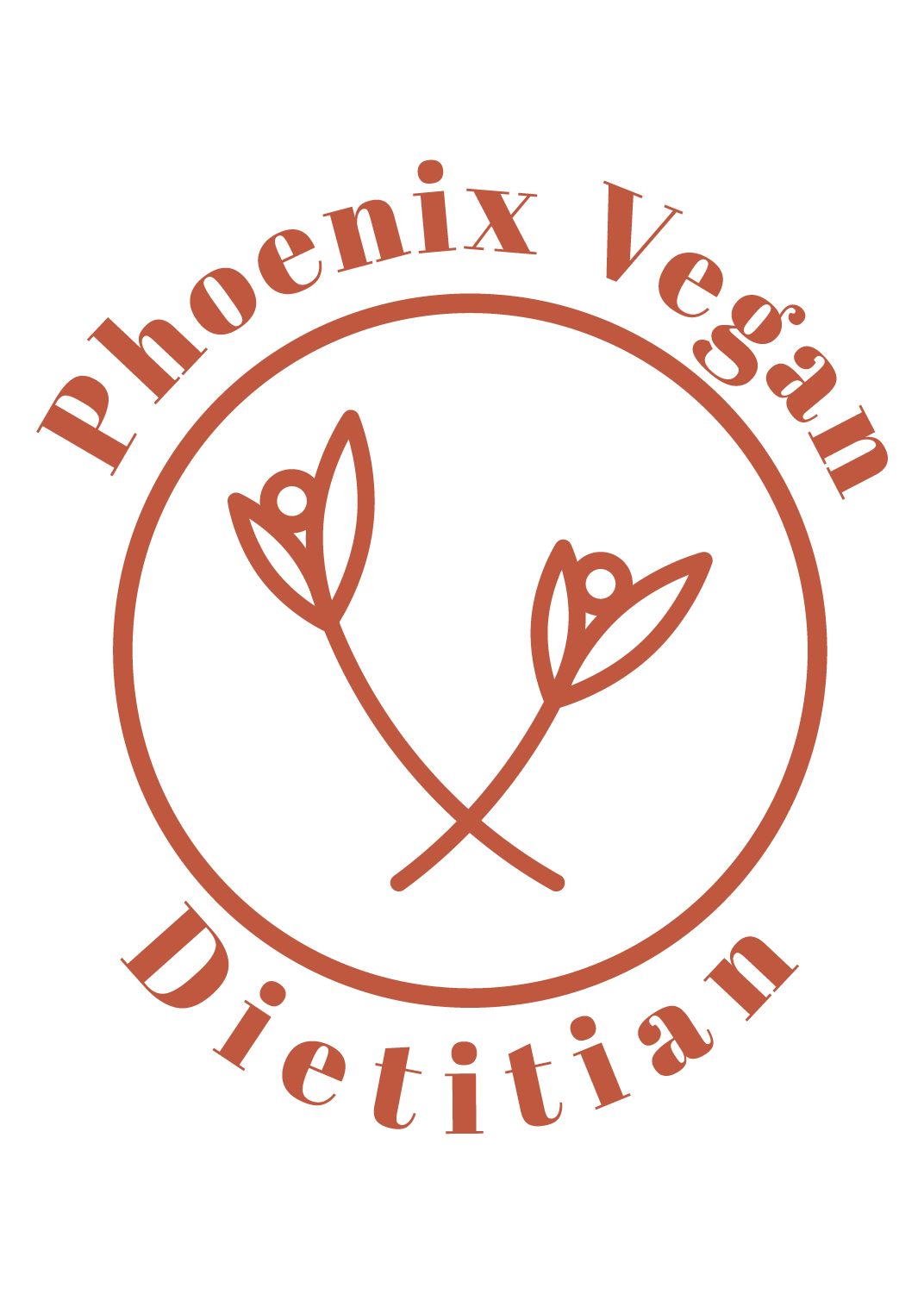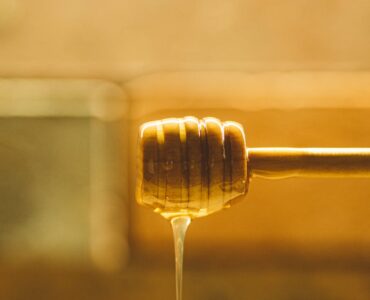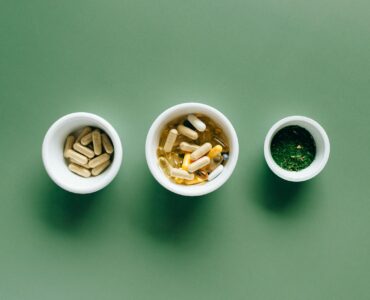Cereal is a staple breakfast for most American households. There are different types of cereal. Some are healthier than others. In this post, I’ll share with you healthy and cereals high in iron.
Iron is important for many of our bodily functions, and without enough conditions, anemia can develop. A report from 2013 found that nearly 10 million people in the United States have iron deficiency. When we don’t get enough iron, we look pale, feel fatigued, have brittle nails, or experience hair loss.
Having a good source of iron in our diets is essential, and if you already enjoy cereal but are looking for a higher iron swap, here are 6 options for you to choose from.
Of course, if you have concerns about your iron levels or are experiencing any symptoms, contact your medical doctor.

Criteria for Selecting Iron-Fortified Cereals
When choosing a cereal, you don’t want to pick it just because the front is pretty or you heard about it from a popular influencer; you want to make sure it’s providing you with the nutrients you need and fits within your lifestyle. Here is what I suggest looking for, especially when looking for cereals high in iron.
Iron: To be classified as “high iron” on the packaging, it must meet 20% of the daily value. This post lists cereals high in iron and moderate levels of iron.
Added Sugar: Cereals are notorious for having an astronomical amount of added sugar. When picking a cereal, check the label for added sugars and try to keep that value as low as possible.
Fiber: The cereals listed here all have fiber content, but when shopping in the store, check that the product does have fiber. Fiber helps keep us full and is beneficial for our heart health.
How Are Cereals Fortified With Iron?
In 1940, fortification was introduced to help combat iron deficiency anemia.
Fortifying foods means adding vitamins and minerals that weren’t there originally or removed during processing. Nutrients are added to the food in a powder form during processing.
Moderate Iron Fortified Cereals
These cereals don’t quite meet the high-iron labeling criteria, but they have a good amount of iron added. If using a lower-iron cereal, add in iron boosters like pumpkin seeds.
| Name of Cereal | Serving Size | Amount of Iron (mg) |
|---|---|---|
| Catalina Crunch Cinnamon Toast | ½ cup (36g) | 1.6 |
| Kashi GO® Peanut Butter Crunch | ¾ cup (53g) | 1.8 |
| Nature’s Path Flax Plus Multibran | 1 cup (40g) | 2 |
| Nature’s Path Smart Bran | 1 cup (40g) | 2 |
| Arrowhead Mills Organic Spelt Flakes | 1 ⅓ cup (59g) | 2 |
| Barbara’s Orginal Morning Oat Crunch | 1 ¼ cup (60g) | 2.5 |
| Three Wishes Vanilla Frosted | 1 cup (35g) | 3 |
| Uncle Sam Original Wheat Berry Flakes | ¾ cup (60g) | 3.5 |
Cereals High In Iron Over 20% Daily Value
These cereals meet the criteria for being high in iron and are the ones to reach for if you want to boost your dietary intake.
| Name of Cereal | Serving Size | Amount of Iron (mg) |
|---|---|---|
| Ezekiel 4:9® Golden Flax | ½ cup (57g) | 4 |
| Kellog All-Bran | ⅔ cup (41g) | 4.6 |
| Post Bran Flakes | 1 cup (36g) | 9 |
| Kellogg’s® Special K® Original Cereal | 1 ¼ cup (39g) | 10.9 |
| Post Grape Nut Flakes | 1 cup (43g) | 12.6 |
| Multigrain Cheerios | 1 ⅓ cup (39g) | 18 |
How Much Iron Do We Need Daily?
The only big difference between iron intake and plant-based eating is that those who follow a plant-based diet need more iron per day than non-plant-based eaters. The recommended daily allowance or RDA for plant-based women of childbearing age is 32.4mg and 18g for non-plant-based women. For other plant-based adults, 14.4 mg per day is recommended.

Additional Tips for Cereal Breakfasts
Cereals aren’t necessarily healthy food on their own, but they can be added to other foods. Here are some tips on how to incorporate cereal into your diet without having a quick crash after eating.
Increase Iron
To increase the iron uptake in these cereals, add a source of vitamin C. Iron and vitamin C work well together to increase the absorption rate. Add foods like;
- Berries
- Citrus
- Kiwi
- Cantaloupe
Add a Protein
To add more protein, include sources of plant-based to add to iron-fortified cereals.
- Nuts (almonds, cashews, pistachios)
- High protein non-dairy milk (like soy or pea milk)
- Seeds (chia seeds, flaxseeds)
Ideas for Making Cereal a Meal
To better manage hunger levels after meals and make sure you’re getting enough nutrients throughout the day, try some of these ideas to make it a meal.
- Use it as a granola on plant-based yogurt.
- Add cereal as a topping for smoothie bowls.
- Make it a full meal by adding a plate of tofu scramble and fresh fruit.
Overall, there are a lot of cereals out there, so use your label-reading skills to find not only high-iron cereals but also healthy, lower-sugar options.





My main health issue is low iron, so I’m always looking for ways to boost that.
I’ve discovered Post Great Grains Banana Nut Crunch cereal, which is fortified with iron and contains 16.5 mg (90% DV) in each 1 cup serving. You may want to add this to your list for those seeking to boost their iron in a delicious way, like me!
This is a great addition, very high iron! Thank you for sharing! 🙂